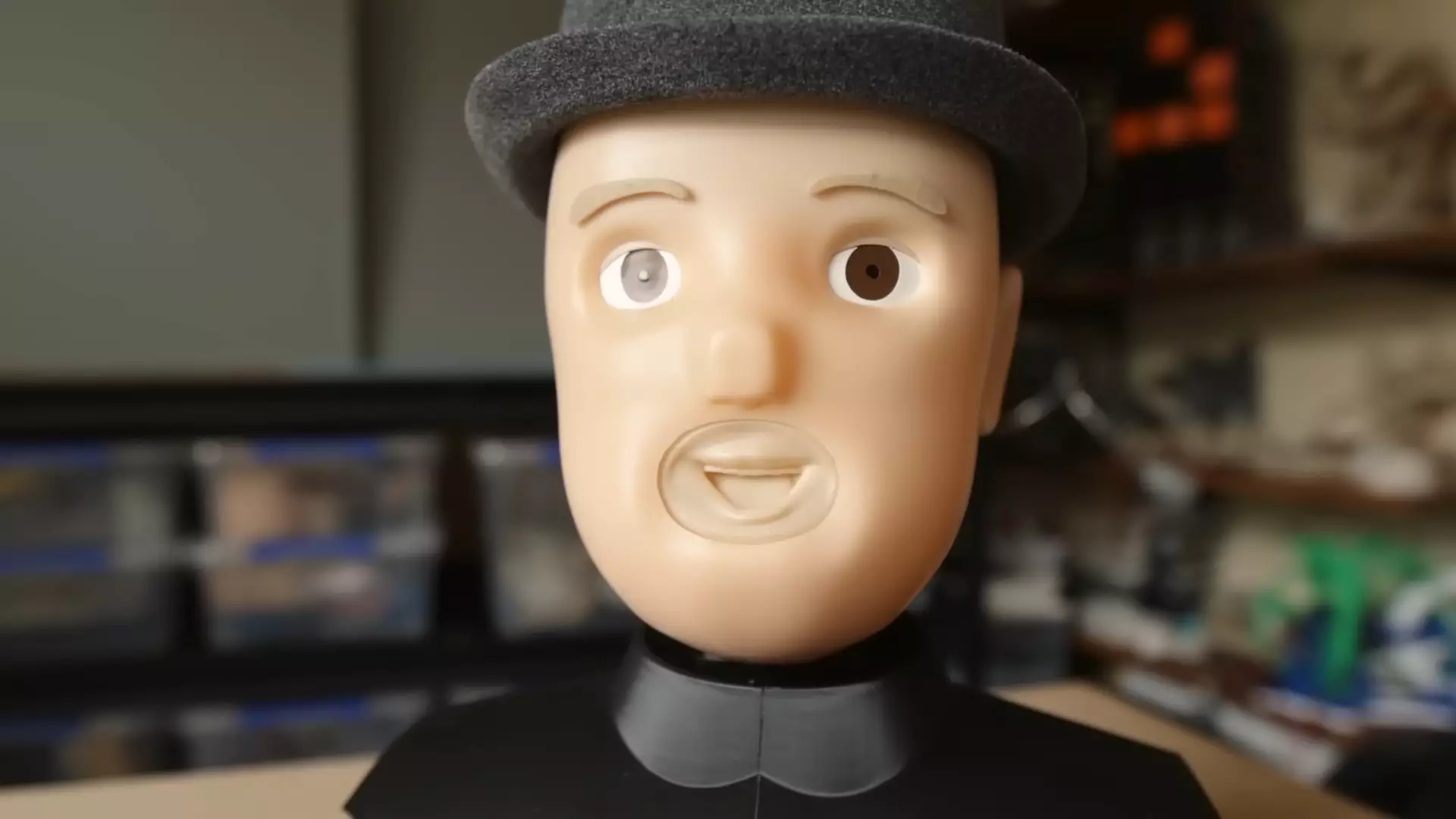In the realm of technological experimentation, few projects evoke such a visceral mix of fascination and revulsion as the robotic lip-syncing device crafted by YouTuber Ancient. From afar, it appears as an intriguing convergence of engineering artistry and digital puppetry. Yet, upon closer inspection—and repeatedly witnessing its uncanny performances—it becomes painfully evident that this is an invention teetering on the edge of the grotesque. The juxtaposition of creative effort and the unsettling visual outcome forces us to confront a fundamental question: why do certain manipulations of human likeness provoke such discomfort?
This project, centered around a spherical assembly of mouth shapes—each carefully 3D-printed—embodies both technical ingenuity and a disturbing aesthetic. The assembly is mounted inside a doll’s head, spinning and rotating under a motorized framework linked to a Raspberry Pi, controlled with algorithmic precision. The design philosophy is innovative, pairing randomized mouth configurations with manual and automated lip-syncing to synchronize audio tracks. An auxiliary brow mechanism and a custom-hat further demonstrate the designer’s obsessive craftsmanship, transforming a simple experiment into an elaborate sculptural piece. Yet, despite the impressive mechanics, the visual outcome often feels disturbingly alive—not in a comforting way but in a way that echoes the uncanny valley.
Uncanny Valley and the Psychology of Disturbance
The unsettling impact of this creation is difficult to ignore. It embodies the so-called uncanny valley phenomenon, wherein near-human likenesses evoke feelings of eeriness and discomfort. The robot’s vacant stare, coupled with its jerky, gurning expressions during musical interludes, makes it appear less like a technological marvel and more like a haunted automaton from subconscious nightmares. Its gaping mouth, seemingly groping artificially to mimic speech, is reminiscent of a creature caught between life and death—resonating with primal fears of inanimate objects gaining a disturbing semblance of consciousness.
What amplifies this discomfort is the robot’s unnatural gaze, as if it’s peering through the viewer rather than engaging with it. The extract from the video—13 minutes of mechanical clicks and whirrs—becomes a sort of voyeuristic invasion, unmasking the raw mechanical inside, stripping away polish and exposing the fragile veneer of synthetic mimicry. The lack of narration further emphasizes this disembodied aura, casting the entire piece as a silent, eerie sentinel that seems to watch you with vacuous eyes.
The Creative Vision or a Tread into the Macabre?
Ancient’s project exemplifies a bold exploration at the intersection of art, engineering, and psychological provocation. It’s clear that significant effort went into designing each mechanic detail—custom 3D-printed parts, motorized movements, and manual sync controls. The complexity of the build reflects a desire to push the boundaries of robotic expression, yet the end result leaves viewers questioning the intent. Is it a genuine artistic experiment, an homage to retro automata, or a deliberate exploration of discomfort? Perhaps all of these elements are intertwined.
The choice to omit narration and produce a disorienting, soundscape-heavy presentation seems intentional, as if to evoke a visceral response rather than entertain with polished entertainment. The machine’s performances oscillate between humor and horror, with moments that hint at a childlike innocence corrupted by an uncanny, almost sinister mechanical gaze. Such artistic choices position this project not merely as a technical proof-of-concept, but as a provocative commentary on artificial life and the boundaries of human mimetic simulation.
The Future of Horror and Robotics: A Cautionary Tale
Looking ahead, projects like this serve as a stark reminder of how rapidly our technological capabilities can venture into the unsettling. What starts as an experiment in automation and entertainment can easily ripple into horror imagery fit for film or game design. In fact, the likeness of this robotic mouth, with its unsettling expressions, could serve as a prototype for a new kind of horror automaton—one that uncomfortably blurs the line between synchronized performance and something more disturbing.
More importantly, this project compels us to scrutinize our emotional responses to machines that mimic human traits, especially when imperfection and distorted expressions are amplified. It sparks debate over whether such creations are a testament to ingenuity or a reflection of our deepest fears of losing control over our mechanical offspring. As we venture further into AI and robotics, the lessons from Ancient’s unsettling experiment remind us that not all innovation necessarily results in comfort—sometimes, it plunges us into a liminal space where fascination and fear collide with unnerving clarity.

